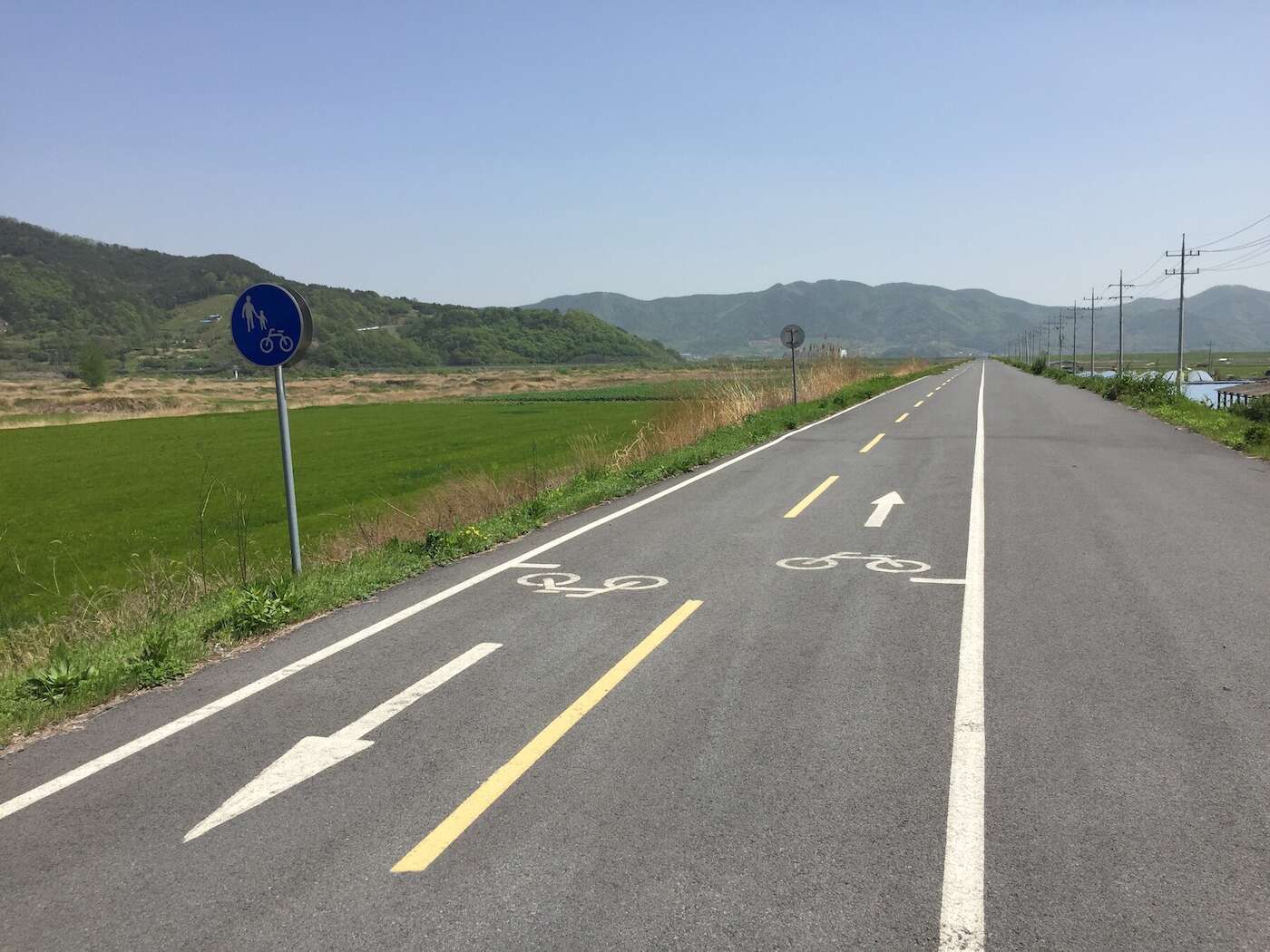


For avid cyclists, traveling by bike may seem like the best way to get around. In fact, there are several countries, such as the Netherlands and Denmark, where cycling is the preferred form of transportation.
But regardless of where you are traveling, safety is key. Wearing the proper gear, obeying local traffic laws, and being ready for any unforeseen problems should be at the top of your checklist when getting ready for a trip.
Afterall, once you’re out there, you want to be focused on the beautiful scenery, not stressing about how you aren’t prepared! Here are some tips on how to stay safe on out on the road.
If you are riding during the day in traffic or after dark, it’s important to make sure you have taken the proper actions to make yourself and your bike stand out and be seen. Don’t assume that drivers will see you. Instead, you need to do everything you can to improve your visibility, for both day and nighttime riding.
The European Transport Safety Council has emphasized visibility is a key issue in bicycle safety. They refer to the problem as “invisibility,” as cyclists can often be hidden and difficult for drivers to see when traveling the roadways together. The Council goes on to say that while a cyclist is four times more likely to be involved in a crash at night, they can just as easily end up in a darkened tunnel even during the day. Cycling visibility is about making yourself visible whenever you decide to go for a ride.
It doesn’t matter where in the world you are riding, the same visual problems exist and you have to make yourself stand out so you will no longer be “invisible” to those operating vehicles on the same roads where you ride.
While there are dozens of pieces of gear available to make cyclists more visible, you should focus on those that are required by law and proven most effective to help prevent accidents. You probably don’t want to take up all the room in your suitcase with cycling accessories, but you can focus on the most important ones and make sure you have them ready for your cycling adventures.
For Daytime Visibility
For Nighttime Visibility
No amount of cycling experience and bike visibility can replace remaining alert and aware. The risk of being involved in a crash is real and you need to do everything you can in an effort to reduce those odds and protect yourself. Stay in tune with your surroundings and the external variables of the trip.
** This Article was written by Personal Injury Law, however this article is not intended to be legal advice nor should it be construed as such. To learn more about Personal Injury Help, you can visit their website at www.personalinjury-law.com or email them at help@personalinjury-law.com.